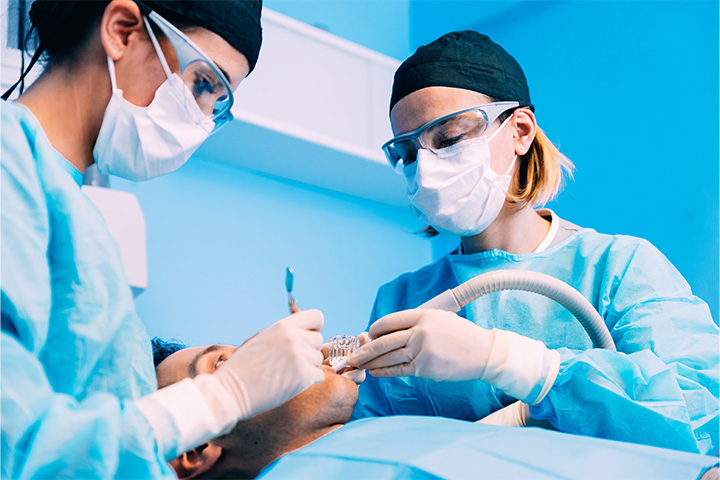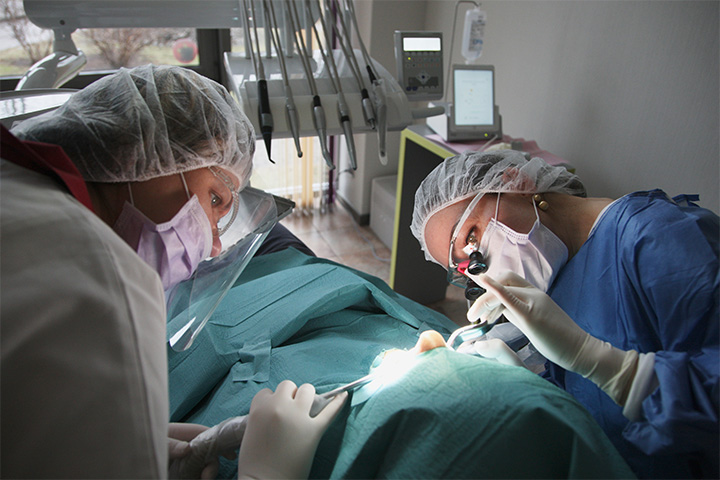"*" indicates required fields
Tooth Extractions – Chelmsford, MA
Safe, Gentle, and Expert Extractions
Your dentist will do everything that they can to preserve your natural teeth. Unfortunately, there are situations in which a tooth must be removed. Luckily, tooth extractions in Chelmsford are a very common dental procedure that is fairly straightforward, and our team are experts at ensuring patients stay comfortable throughout the process. To learn more about how an extraction works and why we might recommend one, keep reading. If you have a hurting tooth you think might need to go, reach out to us today to schedule an appointment.
Reasons Why Tooth Extractions Are Necessary

There are several reasons why we may recommend that you have a tooth extracted, including:
Large Cavities
Major tooth decay can result in the infection and inflammation of the dental pulp. This can cause severe pain and lead to the loss of a tooth. If a large cavity results in irreversible pulpitis, an extraction can prevent further damage.
Wisdom Teeth
It is not uncommon for wisdom teeth to grow in improperly, leading to problems with crowding, cavities, and pain. If your wisdom teeth are impacted, it can increase the risk of infection and inflammation if they are not extracted.
Cracked or Broken Tooth
Depending upon the extent of the damage, you may be advised to have your tooth extracted instead of repaired.
Periodontal (Gum) Disease
Advanced gum disease can cause teeth to loosen, and if such a tooth is not extracted, it can cause continual problems.
Overcrowding
The extraction of a tooth can provide more room for better alignment. This may be needed for certain types of orthodontic procedures like braces that will be shifting teeth.
The Process of Removing a Tooth

A simple extraction is a relatively routine dental procedure that only involves the use of a local anesthetic. Recovery time, pain levels, and swelling should be minor with this method of extraction.
If your tooth has broken off beneath the gum line, a surgical tooth extraction may be necessary. This type is more complex and may involve more extensive recovery time.
Tooth Extraction Aftercare

After a tooth extraction, gently bite on the gauze for about an hour, and avoid rinsing, spitting, or using a straw for 24 hours to prevent dislodging the blood clot. Take prescribed pain medication as needed and apply ice packs to reduce swelling. Stick to soft, cool foods for the first few days and keep the area clean by gently rinsing with warm salt water starting the day after surgery. Get plenty of rest and keep your head elevated while sleeping.





